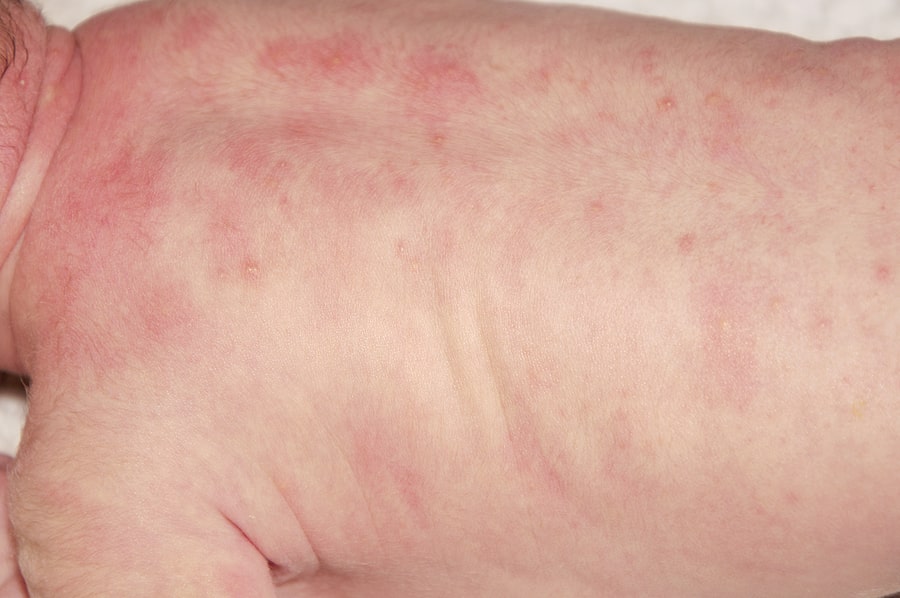What is Kawasaki Disease and How Does it Effect the Heart?
Posted by: Tampa Cardio
On: March 12, 2020

KD or Kawasaki disease (mucocutaneous lymph node syndrome) is a little known disease yet it is the number one cause of acquired heart disease in children.
KD only affects children and a very small number in their teens. It creates blood vessel inflammation, particularly in the coronary arteries. Boys are one and a half times more likely to develop KD as girls. The average age diagnosed is age two and while the malady occurs in every racial group worldwide, it is more frequent in children of Asian descent.
Kawasaki disease was named after a Japanese pediatrician, Dr. Tomisaku Kawasaki. It wasn’t considered a syndrome until 1967 though it likely was around long before that time frame.
Common Symptoms of KD
Fever 101 and up
Rash on the chest, back, and abdomen
Swollen hands and feet that appear red
Red Bloodshot eyes
Swollen lymph glands in the neck
Swelling of the throat, mouth, and lips
Origination of Kawasaki disease
Currently, there is no known cause. It is not contagious nor is it hereditary.
Often more than one child in a family may develop it, which may indicate a genetic predisposition.
How does Kawasaki disease affect the heart?
Damage can occur to the blood vessels that supply blood to the heart.
Part of a coronary wall can be weakened and inflate like a balloon during an aneurysm. A blood clot may form in this weakened area, blocking the artery. If the clots are not treated or prevented, a heart attack may follow.
The heart or sac around the heart may become inflamed. Out of synch heart rhythms and heart valve problems can also take place. Generally, there is no lasting damage and it will clear itself in 6 weeks. Damage done to coronary arteries may persist.
The Diagnosis
There is no one test for Kawasaki disease. Doctors make the diagnosis
after carefully examining the child, observing signs and symptoms and eliminating the other potential diseases.
The Treatment
Kawasaki disease is almost always treated during an in-hospital stay. This stay may last a few days up to a few weeks depending on severity. The standard initial treatment is aspirin and intravenous immunoglobulin. Aspirin helps to reduce the rash, joint swelling, fever, and pain. It can also help blood flow and stop clots from forming. Steroids or infliximab may be used in children who do not respond to normal treatment.
There is such an amazingly wide range of afflictions that can affect the health of the heart that it is always best to consult your cardiologist if you have questions. Give the office of Tampa Cardiovascular Associates a call today at 813-975-2800 to schedule your visit. You may also view www.tampacardio.com to learn more about the practice.
Posted by: Tampa Cardio
On: 12/03/2020
